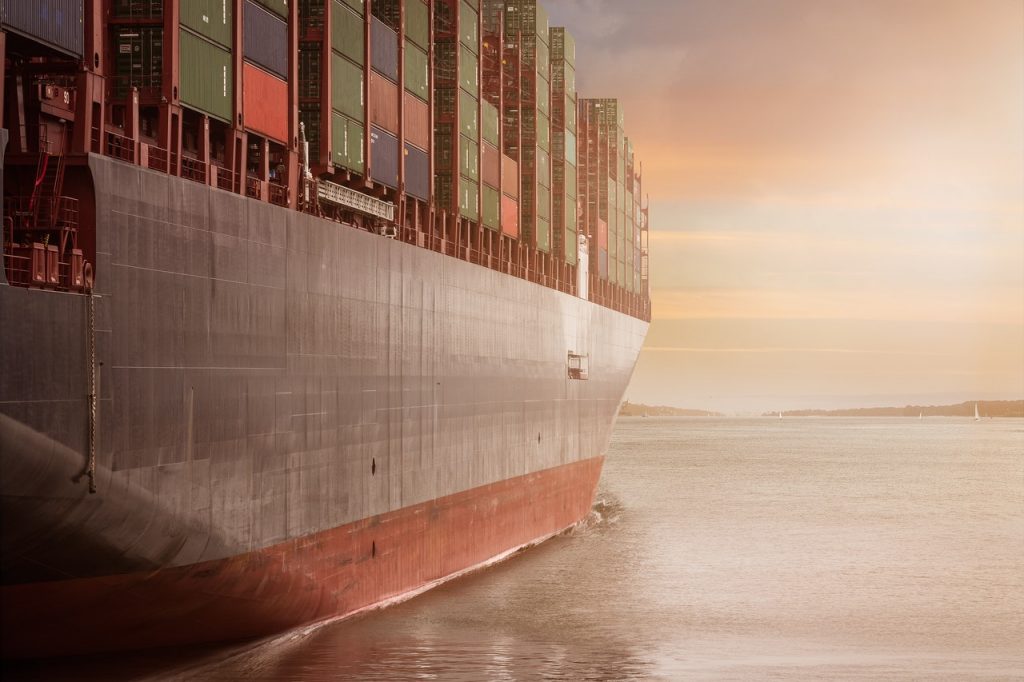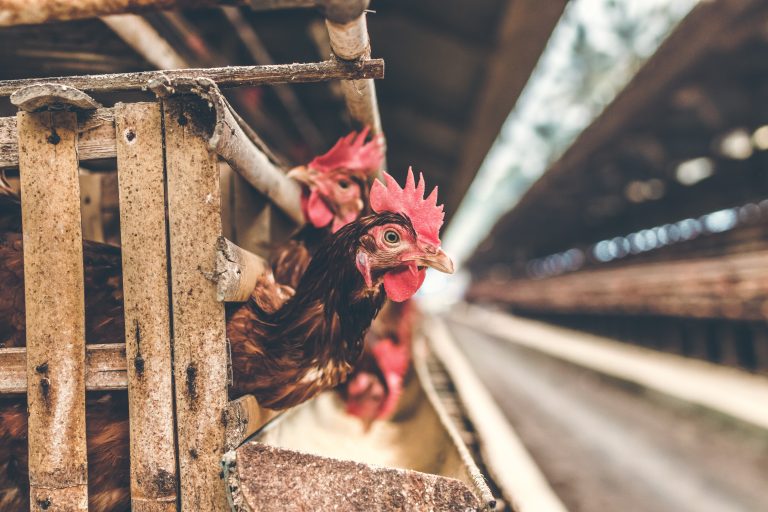Boxed Out: China’s Exports Pinched by Global Run On Shipping Containers

Abstract: Disruptions to global supply chains have taken on a new level of complexity in recent months, this time caused by a shortage of shipping containers. Despite estimates of as many as 180 million shipping containers in existence worldwide, increased demand for goods combined with reduced availability of cargo flights has resulted in a significant shortage of the huge metal containers used to transport goods across oceans. China, in its role as the world’s factory floor, appears to be filling a significant share of the increased demand for goods meaning that products must be loaded into containers in China, placed on ships, and sailed to their intended port where they are unloaded and taken over land to their final destinations. Ports are overwhelmed by the volume of goods being delivered, forcing some ships to wait as long as a week just to unload and increasing turnaround times from 60 days to 100 days, further stressing the system. Now, with warehouses overflowing, exporters have little choice but to wait for empty space or outbid the competition for a container.
Notes: Waiting has become a common theme over the past year: waiting for lockdowns to end, waiting for vaccines to be developed, waiting to see friends and relatives safely, and now waiting for products to arrive. Indeed, in the run up to the 2020 holidays, retailers and customers alike lamented at shipping delays, wondering why they were occurring. What many customers may not have known is that at least part of the problem was taking place oceans away, in China, where a shortage of shipping containers has been disrupting normal trade flows and supply chains. In normal times, cargo ships laden with metal containers crisscross the ocean, delivering goods made in China. Many of those ships arrive at the port in Los Angeles where the containers are placed on trucks and trains and delivered to locations across the country. The cargo ships are then either reloaded with American-made products or sent back empty to be refilled and sent on their way again. The scenario is similar at ports in Europe, South America, and Asia. Indeed, normally about 60 percent of all goods shipped internationally are carried by cargo ships, many originating in China.
China, seemingly on a fast-track economic recovery following its almost total lockdown in the early months of the pandemic, remains the world’s factory floor producing many of the goods currently in demand across the globe. Exports of manufactured goods in November were up over 20 percent from the previous year, driven by surging demand for products ranging from personal protective equipment to appliances to toys. Indeed, while for many people, the COVID-19 pandemic has meant jobs losses and extreme hardship, for others, it has meant more money to spend on products rather than on travel or other experiences that are not possible in times of social distancing and closed borders. It is this unexpected demand that has contributed to a significant shortage of shipping containers. In fact, demand for goods is so high that cargo ships are literally lining up to enter ports in places like Los Angeles, waiting as long as a week just to get into port, causing typical shipping turnaround times to go from 60 days to 100 days further contributing to the worldwide shortage of available containers.
The shortage of shipping containers has caused cargo costs to spike, negatively affecting profits for many companies, and pushing prices higher for their customers. Indeed, the price of a 40-foot container traveling between China and America’s East Coast has risen 85 percent in just 6 months. Rates are even higher for shipments to Europe, where the cost of a container is up 142 percent. Short-haul freight has also been affected, with rates skyrocketing for freight traveling from China to Singapore or Malaysia. According to United Nations’ data, there are about 180 million cargo containers in the world, but even with such a seemingly high number, warehouses in China are overflowing with boxes waiting to be shipped. In an effort to meet demand, container makers are boosting production but ironically, they, like everyone else, are facing delays in getting the materials they need. It is likely that the bidding war for access to space will continue, driving up prices even further. The crisis in shipping has been augmented by the grounding of air cargo flights and the massively reduced number of passenger flights that in normal times would carry some cargo as well. While it is anticipated that things will begin to normalize once regular flight schedules are resumed, it is unknown just when that will occur. For now, it seems that cargo ships will continue to line up at ports, warehouses will continue to overflow, and everyone will continue to wait for a world that once again resembles its pre-COVID state.
Discussion/Questions:
- Discuss the disruptions to international shipping related to the COVID-19 pandemic. How have changes in demand led to the current crisis in long and short-haul cargo shipping? Does the fact that the world relies on China as a factory floor have any bearing on the current predicament? Where are the bottlenecks in the supply chain? How have changes in buyer behavior contributed to the situation?
- Producers of shipping containers are working to meet expanded demand for their product. Reflect on the situation and what it means for the future. How can demand for containers be characterized? Is demand elastic or inelastic?
- Consider the dilemma of companies waiting for container space and the opportunity costs of doing so. Should they agree to pay higher prices to move their product more quickly, or wait for more reasonably priced containers, knowing that until they can move their product, they will not get paid?
Source: https://www.reuters.com/article/us-global-shipping-container/boxed-out-chinas-exports-pinched-by-global-run-on-shipping-containers-idUSKBN28K0UA. Photo by Pixabay from Pexels.













